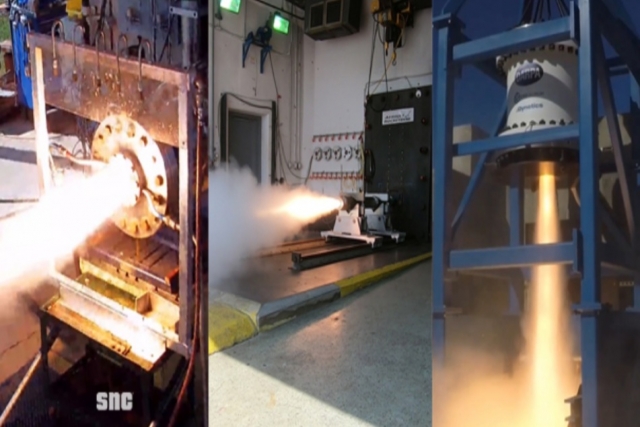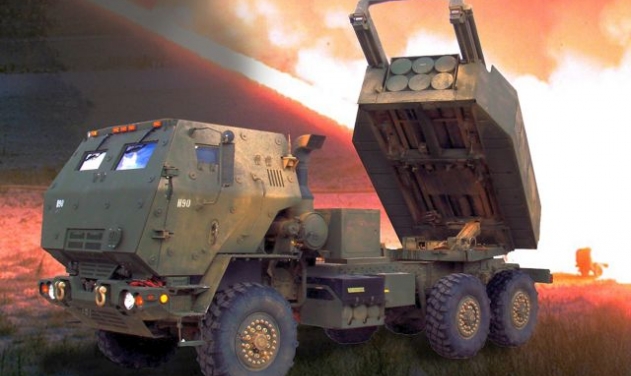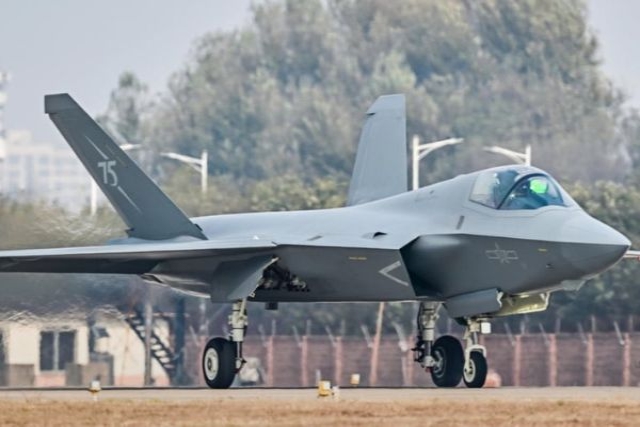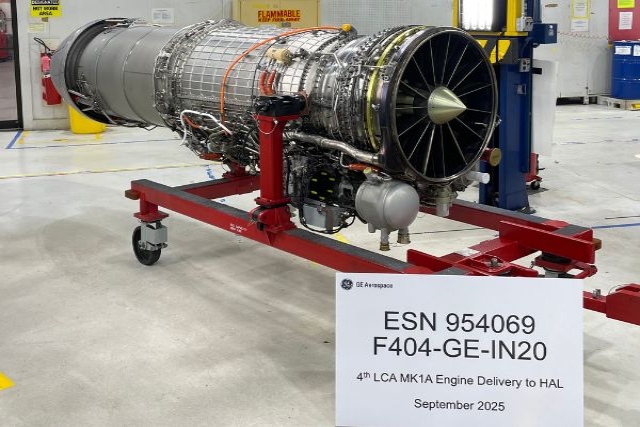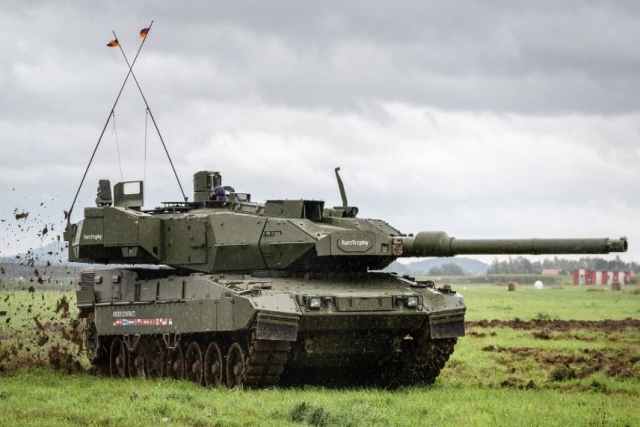US’ Indo-Pacific Command Tests DARPA Tool to Map Unconnected Adversary Activity

The US’ Indo-Pacific Command recently tested a prototype Defence Advanced Research Projects Agency (DARPA) system designed to help military planners determine if events such as force movements, cyber intrusions, and civil unrest are unconnected occurrences, or part of an adversary’s coordinated campaign.
Members of the command’s intelligence and operations divisions spent three days in December trying out DARPA’s COMPASS tool suite. COMPASS (Collection and Monitoring via Planning for Active Situational Scenarios), analyzes large streams of data to uncover competition campaigns, and displays results that represent the evidence and the analysis behind each hypothesis, a DARPA release said.
The location of the test is significant as China and North Korea have been suspected to use a variety of tools including cyber intrusions, ground troops naval movements and even fishing activities to further their strategic goals - editorial comment.
Competition refers to actions – both non-violent and violent – designed to achieve geopolitical goals without provoking full-blown armed conflict.
“We kicked the program off less than a year ago and pushed very hard to have something tangible for military users to evaluate,” said Fotis Barlos, program manager in DARPA’s Strategic Technology Office. “Indo-Pacific Command provided great support for this experiment, and their feedback and insights remain invaluable as we continue to develop the AI technologies and the user interface.”

COMPASS sets itself apart from existing digital aids, which mostly provide historical trends, leaving analysts to try to figure out if what they’re observing is normal activity or not.
“COMPASS tries to put all the incoming data into what we call ‘lines of effort’ and then automatically generates multiple hypotheses,” Barlos said. “The AI, in essence, tells operators, ‘Based on what I’m seeing, I believe these activities are part of sequence, an adversarial competition campaign’ and provides that information in a graphical form for the human to evaluate.”
“For this experiment, we told each team of analysts and operators they would experience the equivalent of 10 days’ worth of events from four major actors in the Indo-Pacific area of responsibility – a nation state, a terrorist actor, a background actor, and a proxy actor for the nation state,” Barlos said. “The participants’ task was to use COMPASS to determine each actor’s lines of effort and do it as early as possible in the simulated 10 days.”
Throughout the experiment, operators tested three versions of the prototype provided by the COMPASS performers: Raytheon BBN Technologies, Systems Technology Research, and Lockheed Martin Advanced Technology Laboratories.
Following the experiment, Air Force Col. Joseph Musacchia Jr., division chief of the U.S. Indo-Pacific Command directorate in charge of critical infrastructure protection, anti-terrorism, and mission assurance said, "COMPASS has potential to be an extremely useful tool in the world of mission.


